- Clone
- TX45 (See other available formats)
- Regulatory Status
- RUO
- Other Names
- LIR, CLM-6, CMRF35, IGSF16, CMRF-35, CMRF35A, CMRF-35A, CMRF35A1, CMRF35-A1
- Isotype
- Mouse IgG1, κ
- Ave. Rating
- Submit a Review
- Product Citations
- publications
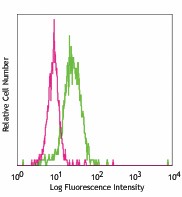
-

Human peripheral blood monocytes stained with purified TX45, followed by anti-mouse IgG FITC
| Cat # | Size | Price | Quantity Check Availability | Save | ||
|---|---|---|---|---|---|---|
| 334802 | 100 µg | 175€ | ||||
CD300c, also known as CMRF-35-like molecule 6 (CLM-6) and leukocyte immunoglobulin-like receptor (LIR) is a 25 kD protein that belongs to the myeloid-associated immunoglobulin-like receptor (MAIR) family of genes. This transmembrane protein is expressed on certain B cells, T cells, NK cells, granulocytes, macrophages, monocytes, and mast cells. CD300C promotes secretion of proinflammatory cytokines and is an activating immune receptor associated ITAM-bearing adapter DAP12 and FcRγ chain on macrophages.
Product DetailsProduct Details
- Verified Reactivity
- Human
- Reported Reactivity
- African Green, Baboon, Cynomolgus, Rhesus
- Antibody Type
- Monoclonal
- Host Species
- Mouse
- Formulation
- Phosphate-buffered solution, pH 7.2, containing 0.09% sodium azide.
- Preparation
- The antibody was purified by affinity chromatography.
- Concentration
- 0.5 mg/ml
- Storage & Handling
- The antibody solution should be stored undiluted between 2°C and 8°C.
- Application
-
FC - Quality tested
- Recommended Usage
-
Each lot of this antibody is quality control tested by immunofluorescent staining with flow cytometric analysis. For flow cytometric staining, the suggested use of this reagent is ≤ 1.0 µg per 106 cells in 100 µl volume or 100 µl of whole blood. It is recommended that the reagent be titrated for optimal performance for each application.
- Application References
-
- Simhadri VR, et al. 2013. J. Innate Immun. 4:389.
- RRID
-
AB_2303773 (BioLegend Cat. No. 334802)
Antigen Details
- Structure
- Ig superfamily, 40 kD
- Distribution
-
Monocytes/macrophages, dendritic cells
- Function
- Regulate myeloid cell activation and promote secretion of cytokines and chemokines
- Interaction
- DAP12, FcRγ
- Cell Type
- Dendritic cells, Macrophages, Monocytes
- Biology Area
- Immunology, Innate Immunity
- Molecular Family
- CD Molecules
- Antigen References
-
1. Borrego F. 2013. Blood 11:1951.
2. Ju X, et al. 2009. Immunobiology 730-736.
3. Simhadri, et al. 2011. BMC Immunology 12:62. - Gene ID
- 10871 View all products for this Gene ID
- UniProt
- View information about CD300c on UniProt.org
Related Pages & Pathways
Pages
Other Formats
View All CD300c Reagents Request Custom Conjugation| Description | Clone | Applications |
|---|---|---|
| Purified anti-human CD300c | TX45 | FC |
| PE anti-human CD300c | TX45 | FC |
Customers Also Purchased
Compare Data Across All Formats
This data display is provided for general comparisons between formats.
Your actual data may vary due to variations in samples, target cells, instruments and their settings, staining conditions, and other factors.
If you need assistance with selecting the best format contact our expert technical support team.
-
Purified anti-human CD300c
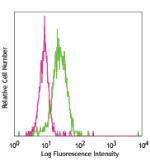
Human peripheral blood monocytes stained with purified TX45,... -
PE anti-human CD300c
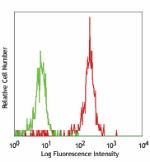
Human peripheral blood monocytes stained with TX45 PE
 Login / Register
Login / Register 






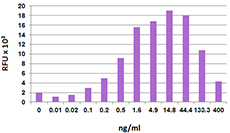
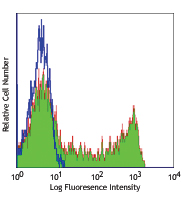




Follow Us